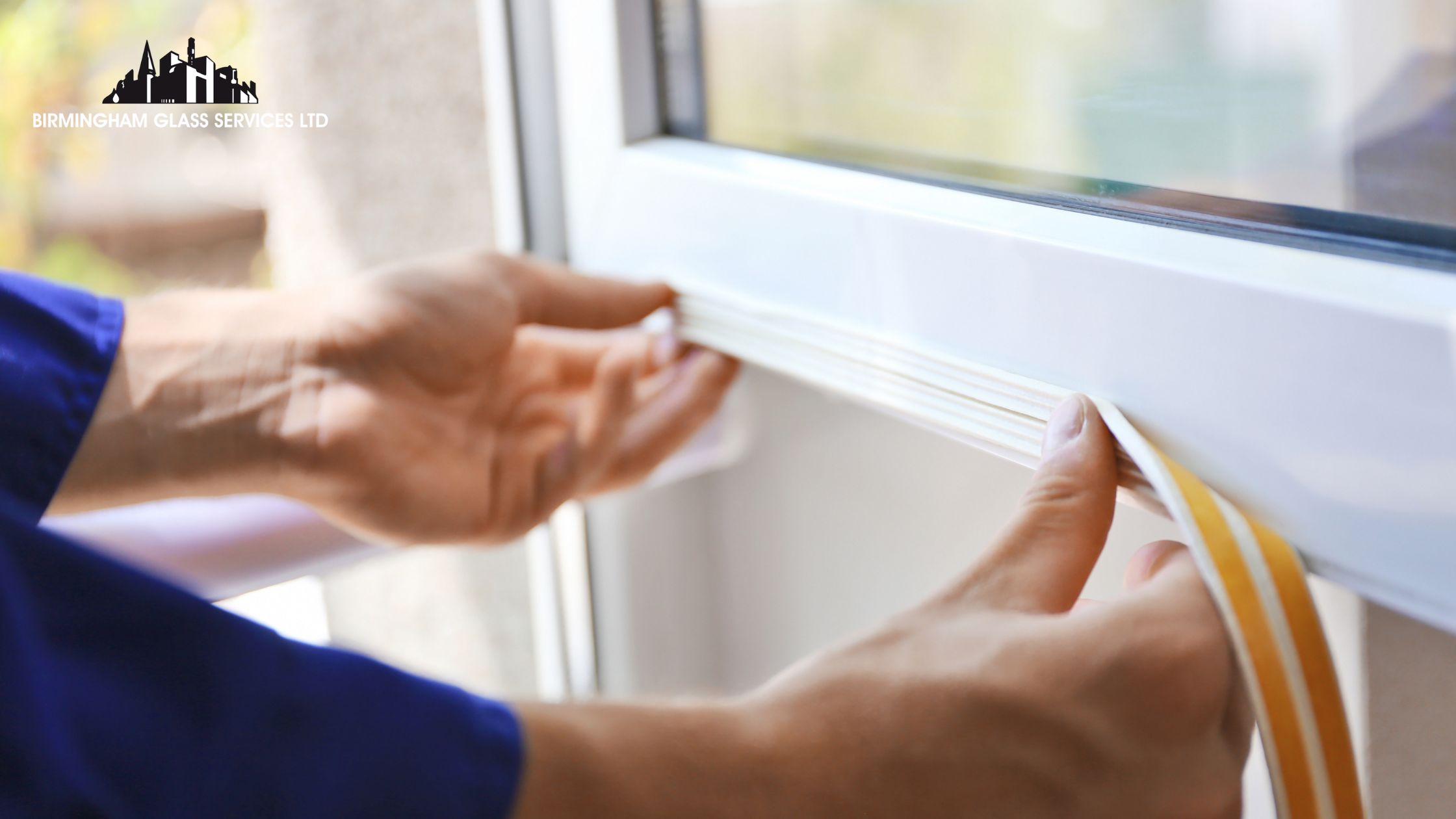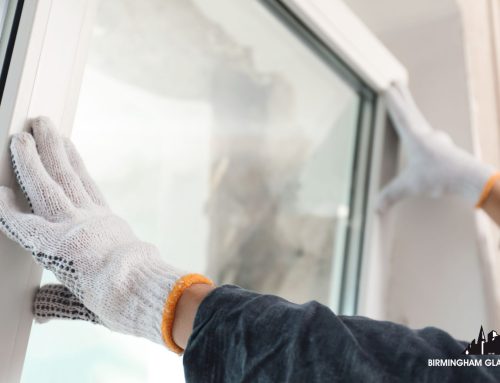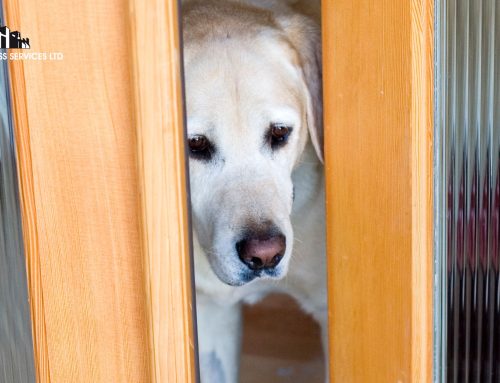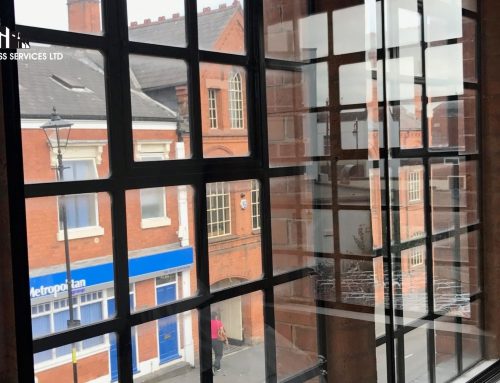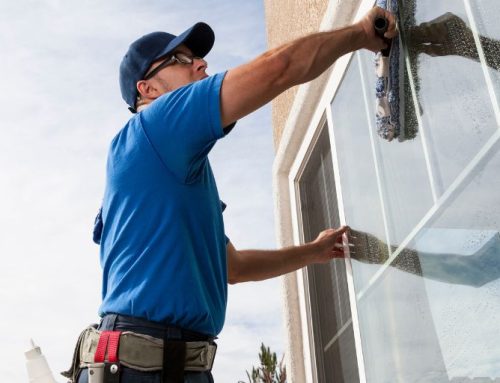If your windows are starting to look a little worn out or you’ve felt a chilly draft sneaking in on windy days, you might be asking yourself whether it’s time to replace them completely or if a quick repair could sort things out. It’s a question most homeowners face at some point, especially as windows age and building standards keep changing.
Figuring out whether to repair or replace really comes down to spotting the signs, from how your windows look and perform, to whether they still meet today’s energy and security standards. To make it easier, we’ve put together this simple guide to help you decide.
Visual signs of age and damage on windows
The easiest way to start your assessment is by simply stepping outside and taking a good look at your home. If your window frames appear faded, warped, cracked, or just generally past their best, that’s a clear indicator they’ve seen better days.
Older uPVC units, especially those installed 20–25 years ago, often show visible wear. You should be looking for things like cracked seals, discoloured frames, and misted-up glass units (where condensation forms between the panes), as these are all signs that the glazing system is failing.
While minor issues like a loose handle or hinge can often be repaired, problems with the frame or sealed unit typically point toward replacement. Frames that have warped or lost their structural integrity can’t be restored to their original condition, and any repair will only mask deeper issues for a short time.
Outdated technology and materials
Even if your windows still look okay, they might not perform like modern ones do. Window technology has come a long way in the past couple of decades. Many older double-glazed units lack features that are now standard, such as argon-filled glass, energy-rated frames, and secure internal beading.
Energy efficiency is a big one. Modern A-rated windows can dramatically improve insulation, reduce noise, and lower energy bills, all things older units struggle to achieve.
There have also been updates to building regulations. For example, trickle vents are now required on most replacement windows to improve ventilation, and safety glass standards have changed to include more areas where toughened glass must be used.
If your windows are still using first-generation uPVC or external beading (which can pose a security risk), upgrading isn’t just about looks, it’s about performance, compliance, and peace of mind.
Window performance red flags
Your windows should open and close smoothly, seal tightly, and keep your home quiet and comfortable. When that stops happening, it’s time to take notice.
Some of the most common issues to look out for include:
- Drafts around the edges of the frame.
- Condensation between panes or on the inside of the glass.
- Stiff handles or locks that are hard to operate.
- Frames that no longer sit flush when closed.
- Doors or windows that have become misaligned over time.
These aren’t just minor annoyances, they’re signs that your windows are no longer performing as they should. While replacing a handle or hinge can temporarily help, ongoing problems with seals, gaskets, or warped frames usually mean the unit has reached the end of its life. If you’re constantly repairing the same issues, you’re essentially spending money to maintain something that’s deteriorating and will likely fail completely soon.
When you should consider a window replacement instead of a repair
Some repairs make perfect sense. Things like replacing a broken handle, fitting new hinges, or installing fresh locking mechanisms can breathe new life into otherwise solid windows.
However, there comes a point where patching things up simply isn’t cost-effective. If the frames are warped, the gaskets have perished, or the sealed units have failed, repairs won’t restore performance or energy efficiency.
It’s also worth considering how often you’re calling someone out. If you’ve replaced the glass, swapped the hinges, and still find the window drafty or stiff to close, that’s usually a sign you’re trying to fix something that’s fundamentally worn out. Sometimes it’s better to start fresh than to keep polishing what’s already past its prime.
Safety and security considerations
Beyond looks and performance, safety and security are of course major factors in deciding whether you should repair or replace your windows. Older locks, external beading, and worn seals can make windows more vulnerable to forced entry.
Modern systems feature multi-point locking mechanisms, toughened or laminated glass, and internal beading for enhanced protection. If your current windows feel loose, stiff to lock, or no longer align properly, it’s not just an inconvenience, it’s a potential safety concern for your family and home.
What you should do right now
If you’re still unsure whether your windows need repairing or replacing, here’s a simple checklist to guide you:
Do an outside inspection
Look at your windows compared to neighbouring homes — do they look dated or damaged?
Check for condensation and drafts
If the glass is misted or you feel a breeze near the frame, it’s a sign of seal failure.
Test the handles and locks
Are they stiff or misaligned? That could indicate deeper frame issues.
Review compliance
Modern regulations now require trickle vents and toughened glass in certain locations. Older units might not meet these standards.
Compare costs
If you’re repairing the same window repeatedly, the total cost may already exceed the price of a new one.
Consult a glazing expert
A professional inspection from Birmingham Glass can quickly tell you whether repair or replacement makes more sense. Whilst it can be tempting to put this off, early advice can prevent escalating costs down the line.
Need to repair or replace your windows? Come have a chat with our friendly team or request a free, no-obligation quote.

